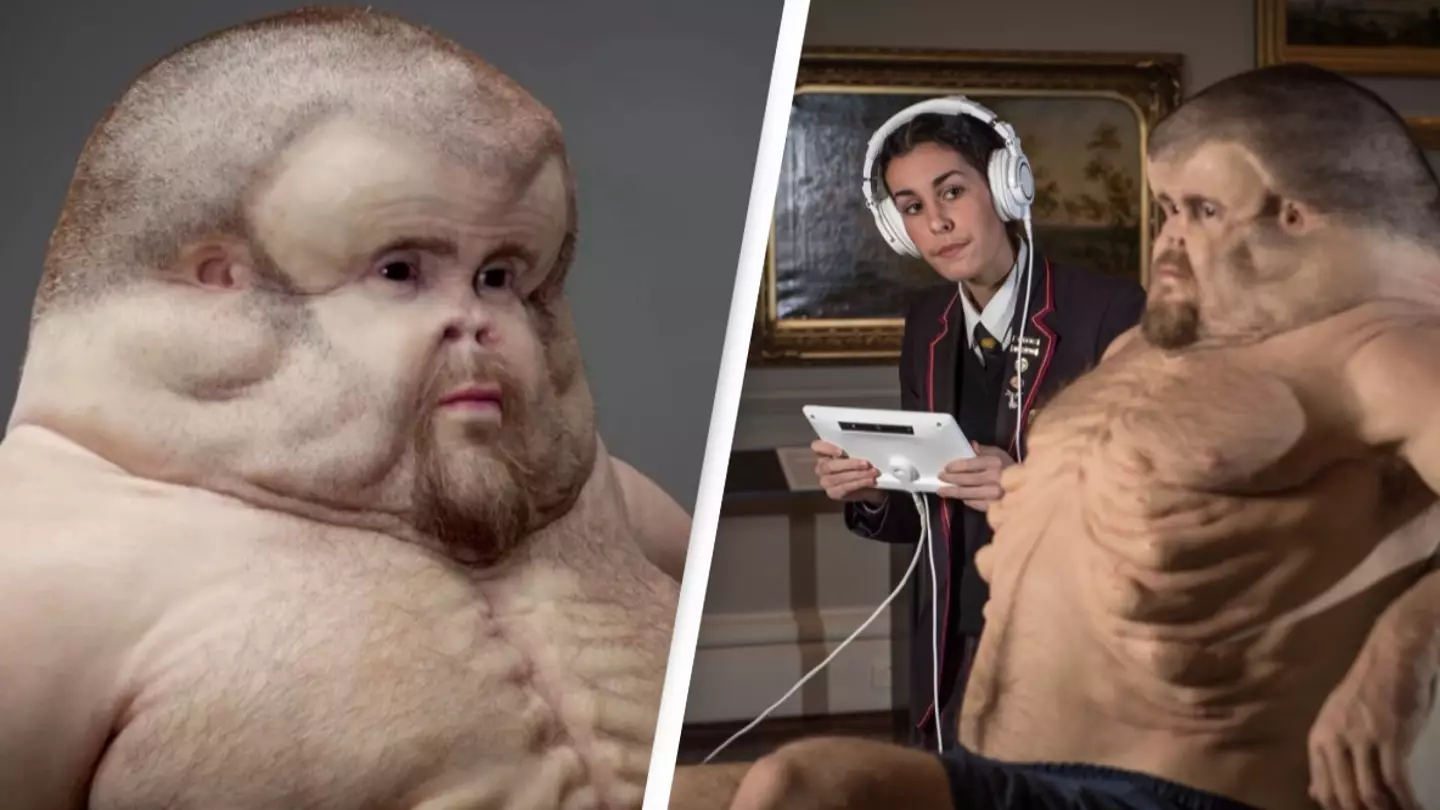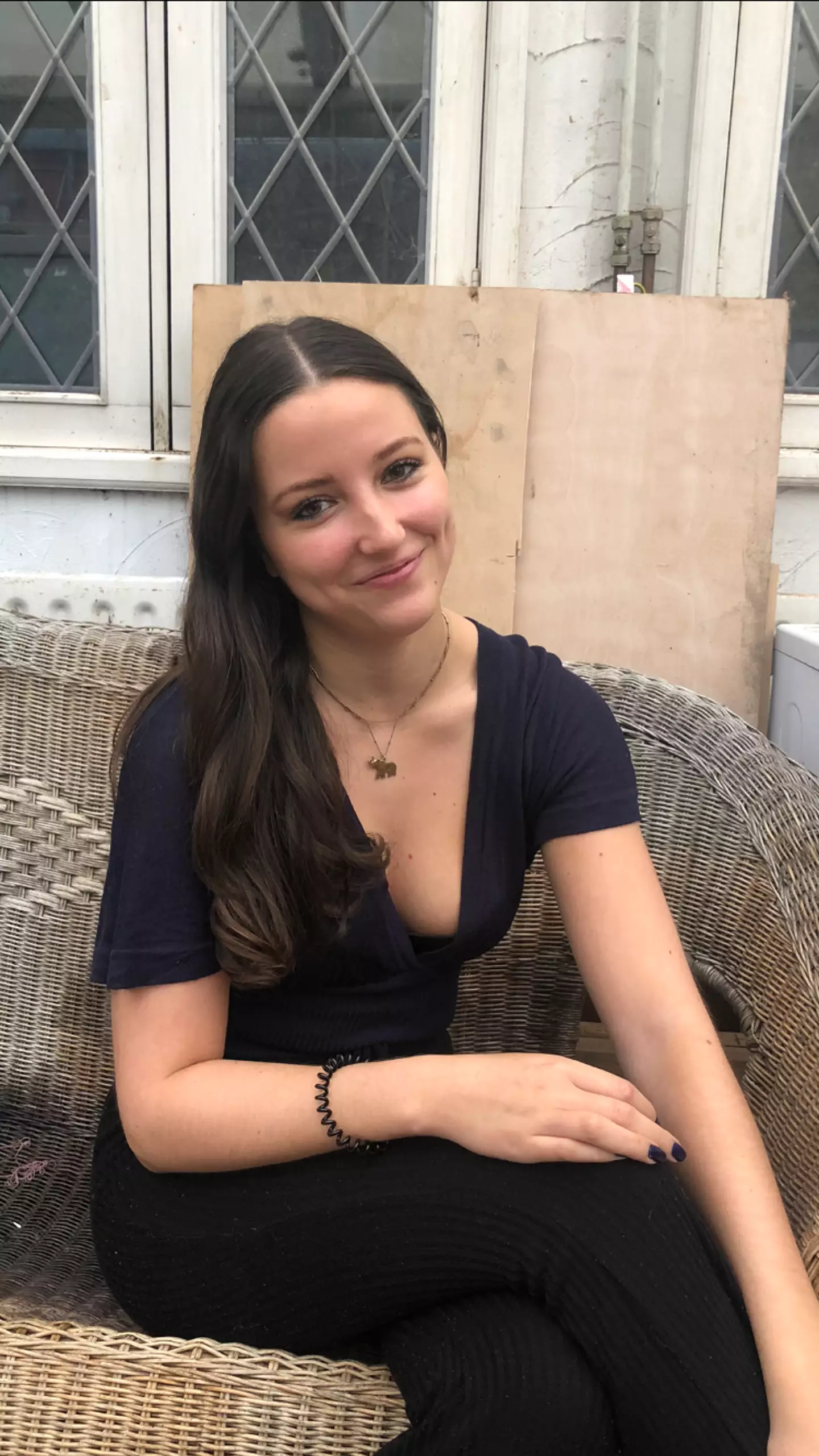
A team of doctors, artists and car crash specialists have unveiled a model for what a human would need to look like to survive a car crash.
Melbourne Hospital trauma surgeon Christian Kenfield worked alongside Melbourne-based artist Patricia Piccinini and Dr David Logan, a road safety engineer, to create the model, which has since been named Graham.
Australia's Transport Accident Commission (TAC) commissioned the 'lifelike, interactive sculpture' in a bid to raise awareness of just how fragile the human body is and subsequently the importance of designing safe roadways.
Graham has no neck, has sunken eyes and a recessed nose; he's been designed with airbags between each rib and similar 'crumple zones' in his skull too, The Mirror reports. He is made up of human hair and silicone.
Advert
According to the study, if a human was driving a vehicle without any safety technology, they would have to look like Graham if they were to survive a high-impact crash.
On TAC introduces the model by stating: 'As much as we like to think we're invincible, we're not. But what if our bodies were to change to survive a low impact crash?
'The human body is highly susceptible to the forces involved in a transport accident. Studies show the human body can only survive a crash at impact speeds it can reach on its own – without the assistance of vehicles.'
The company adds on its website, 'Had we evolved to withstand the impact of high speed collisions, we would look very different.'
Advert
It goes on to explain: 'Our aim is to explore this with Graham and remind Victorians of how vulnerable our bodies really are by showing them what we might look like if we were built to survive a crash on our roads.
'Although our bodies will never look like Graham’s, there’s a safe system in place that can help protect us in much the same way. And at the centre of this system is the belief that human health is more important than anything else. Our bodies are strong, but there’s only so much force we can withstand before we break. That’s why we need to ensure we have a safe system in place – one that protects us from our own mistakes and those of others.'
.png)
Joe Calafiore, chief executive of TAC, explained that the model was created to help people 'understand why we need to improve every aspect of our road system to protect ourselves from our own mistakes'.
Advert
Piccinini added that while the $200,000 (AUD) construction that took six months to make is 'an artwork', 'it needs to connect with the audience on an emotional level while still communicating some very serious ideas. 'The idea is to stimulate conversation and questions rather than tell people what to think or feel,' she said.
A 360-degree interactive tool has also been created in order for people to engage with Graham.
If you have a story you want to tell, send it to UNILAD via [email protected]
